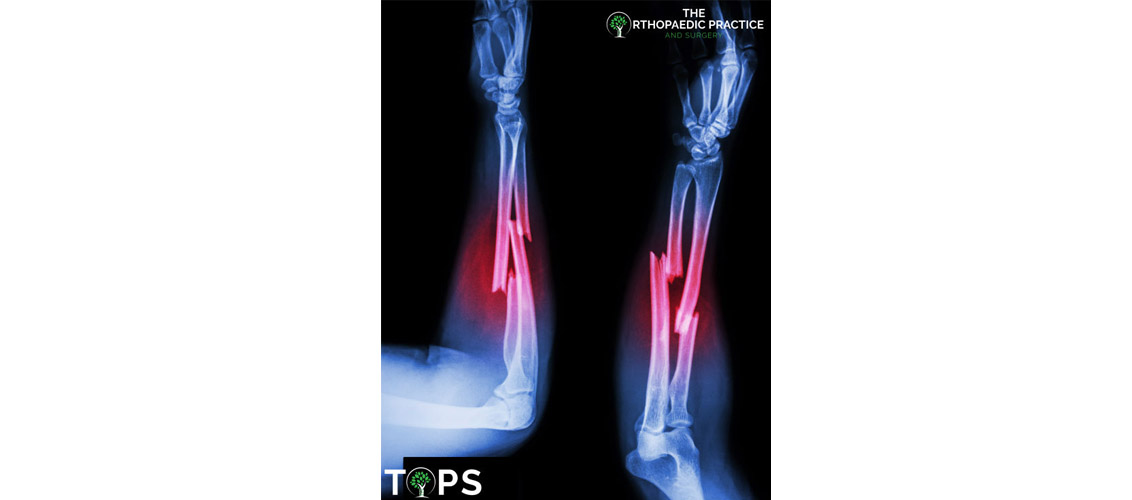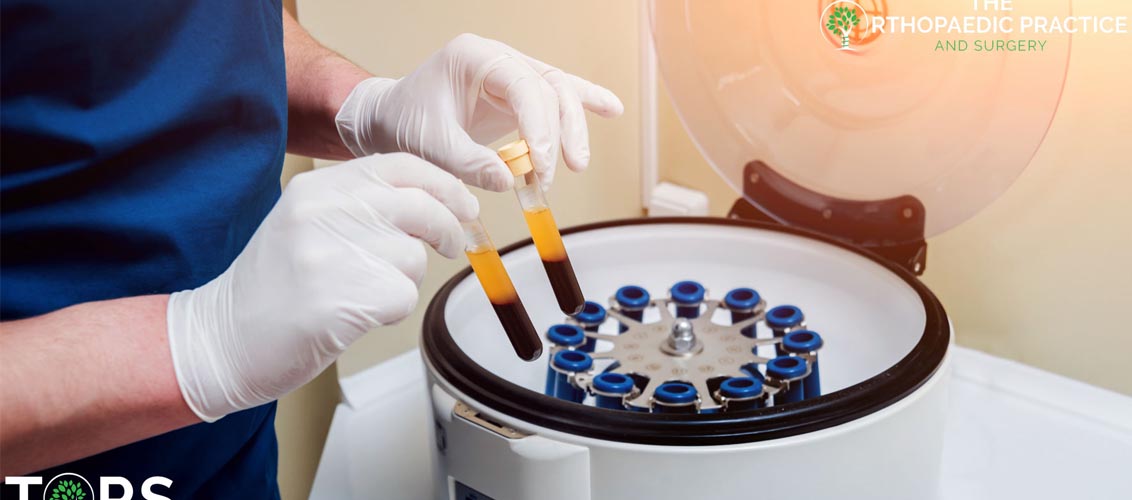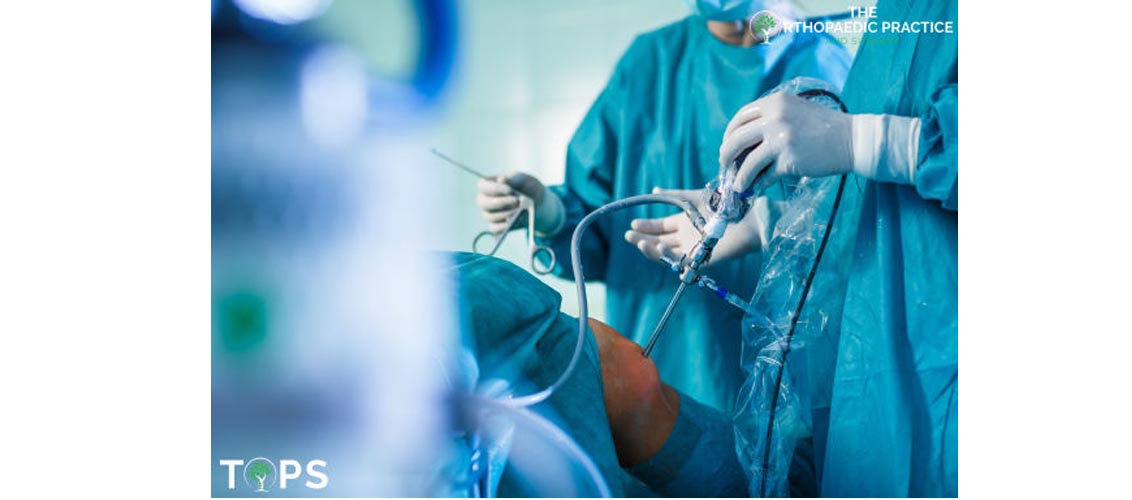- Less pain
- Smaller scar(s)
- Faster healing of the fracture(s)
Who will benefit
- Less pain
- Smaller scar(s)
- Faster healing of the fracture(s)
How do I Prepare
- Inform your doctor when and what you last ate and drank.
- Inform your doctor about the medicines and supplements you take.
- Avoid certain medications based on your doctor’s advice
- Fast beforehand, up to eight hours before your procedure
- Always take guidance from your doctor on the actual preparation he recommends
During ORIF
1. Types of anesthesia: Varies by procedure

2. Steps involved:
3. Time Duration
After ORIF
- X-Ray
An X-ray will be performed to check the position of bones and implants again.
- Checks to be done by staff
a. Monitoring your blood pressure, breathing, and pulse
b. Checking of nerves and pulses near the broken bone - Medications.
a. Your doctor may prescribe medication to relieve pain and inflammation.
- R.I.C.E. – Rest, Ice, Compress and Elevate
a. You may find it helpful to rest, ice, compress and elevate the affected area to reduce swelling and pain.
- 5. Exercises
a. You will be encouraged to walk daily to improve blood circulation.
b. You might be prescribed physical and rehabilitation therapy to help strengthen your muscles and improve the function of your joint.
c. You will be taught how to use ambulatory devices such as crutches or wheelchair. - 6. Average recovery time
a. It will usually take 6 to 8 weeks for fracture to heal.
b. However, recovery time can vary depending on the location and type of fracture.
c. Your doctor will monitor you closely in this recovery period.









